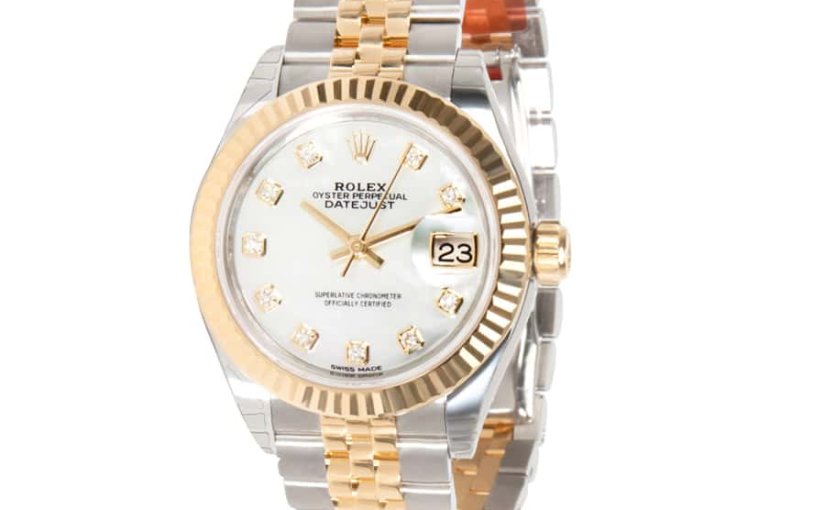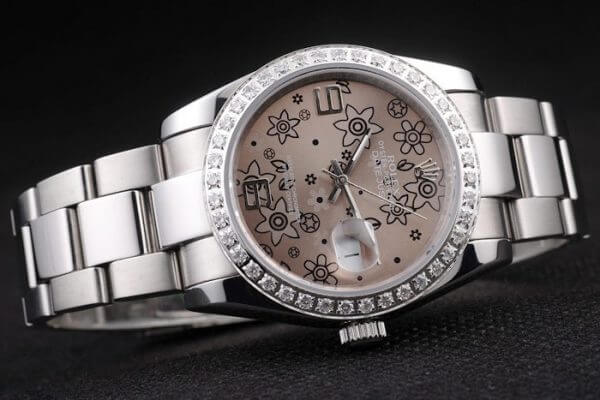Vintage Rolexes are very rare but attractive to many people. It is very difficult to buy a vintage Rolex produced in the old days and if you are lucky to find one on the auction market, the prices can be very high. Therefore, some people come to my blog and ask me where they can buy good quality vintage Rolex watches. There are some Rolex replicas in our watch market, most of them are Submariners, however, all Rolex replicas are not top quality, I mean, they are not the best quality compared to those replicas produced by the big houses like ARF, GMF, ZF, etc. But some of them look good and can satisfy your love for vintage Rolexes. 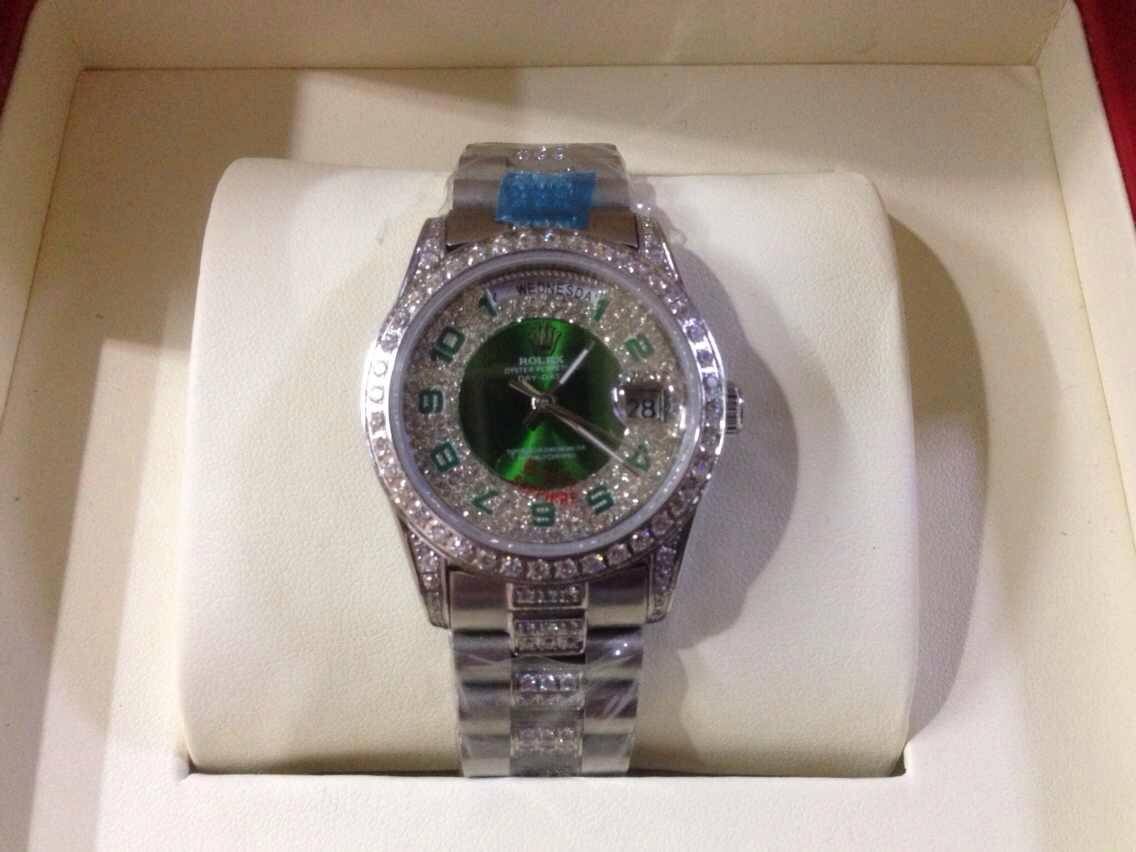
The vintage Rolex I’m talking about is an Explorer, made by a small factory here, I don’t know its name, maybe it’s a factory that usually made vintage Rolex before, for example, Submariner 5580, Daytona Paul Newman. Just from the pictures alone, I like this Explorer Rolex watch.
It has a different case than the modern Rolex Explorer, it looks a little bigger, especially the case, which looks stronger and more durable. The crown is screwed down and there is not much on the outside, almost all the parts are under the protection of the crown guard. The entire case is brushed and I have no idea of the diameter or thickness of the case. The case back is solid and smooth, and the bracelet is attached to the case in a different way than today’s Rolex Explorers.
The dial is black and all the hour markers and hands are white, except for the orange 24-hour hand in the center. At the top of the dial, I don’t think it’s a sapphire crystal, probably a mineral glass face. The hour markers are square bars, the bar at 6 o’clock and the triangle at 12 o’clock are much larger than the others. By the way, this vintage Explorer II does not have Arabic numerals on the dial. The movement inside is the Asian clone ETA 2836, a movement that used to be widely equipped in the cheap replica watches, but now, Super Clone Rolex does not use this movement now, and almost all other Swiss brands of watches also choose to use the Japanese Miyota 9015. However, the clone 2836 still has an important place in the market, and it is necessary for a moderate-quality replica Rolex watch.
Category: Watches
2022 Best Rolex Daytona Automatic
About 20 years ago, Rolex removed the manual-winding Rolex Daytona model from its catalog and replaced it with a modern version, featuring not only modern details such as a larger case, refreshed dial, and sapphire crystal, but also an automatic movement to drive the chronograph. Like the original Daytona collection, the second series reached cult status among Rolex fans, due in large part to the limited production of this particular model.
While the era of replica Rolex automatic chronographs continues to this day, a major update occurred in 2000. At that time, Rolex replaced the Zenith El Primero 4030 movement, which had powered the automatic Daytona chronograph since 1988, with the fully in-house developed Rolex caliber 4130, which remains the engine of the Daytona collection today. 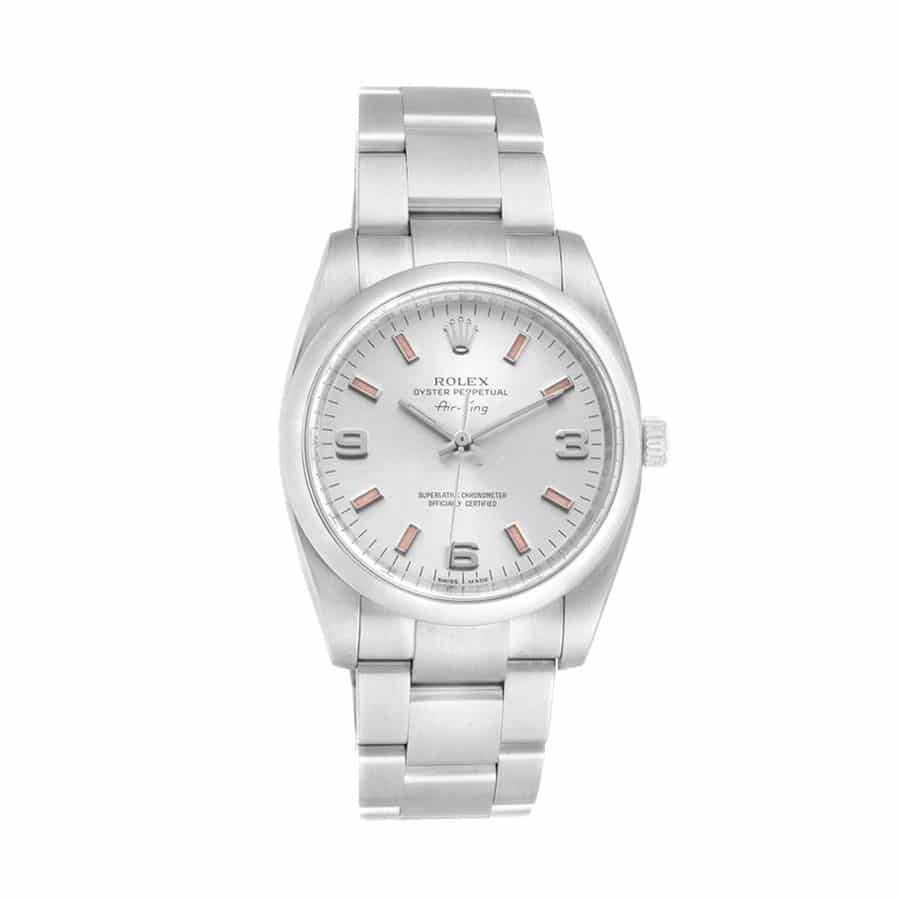
The model numbers of Daytona watches indicate the series in which they were originally made. The first series Daytona has a four-digit model number; the second series Daytona has a five-digit model number, but the third series Daytona has a six-digit model number. All second and third series Daytona watches were self-winding chronographs, while the first series was a manual-winding chronograph.
Today, Rolex maintains its reputation for precision timekeeping and excellence in timekeeping that no other watchmaker in the world can compete with. From its humble beginnings in 1905, Wilsdorf’s dream of making quality watches exceeded even his expectations. The modern Rolex company produces more than 2,000 replica watches a day, bringing in billions of dollars in revenue each year at https://www.ticketwatches.com.
The original Daytona collection, featuring a smaller 38mm case and a hand-wound movement based on the Valjoux, was produced from 1963 until 1988. Perhaps most surprisingly for any Rolex buyer today, the Daytona models were initially cheaper than other Rolex models. Today, however, these original Daytona models are considered the ultimate prize for collecting vintage Rolex watches; many enthusiasts regard them as the “Holy Grail” of Rolex watch collecting.
One of the more popular modern Rolex collections is the Daytona, which debuted in 1963. As the name suggests, the Daytona collection was inspired by motorsports and caught the attention of race car drivers – including legendary actor and racing enthusiast Paul Newman. From the 1970s until his death in 2008, Newman reportedly wore a Rolex Daytona every day, and it is because of him that vintage Rolex Daytona watches with exotic dials are now famous as “Paul Newman Daytona” watches.
The Best Entry-Level Rolex Oyster Perpetual
Almost all modern Rolex watches have the words “Rolex Oyster Perpetual” in their name, but the replica Rolex portfolio actually consists of only two main collections of watches: the Professional and the Classic. These are timepieces with water-resistant Oyster cases. The Professional line contained perhaps the most recognizable names, such as the Submariner, Daytona, Explorer and GMT-Master tool watch models. Each was designed to do a specific job, whether it’s recording dive times, lap times, or time in another country. 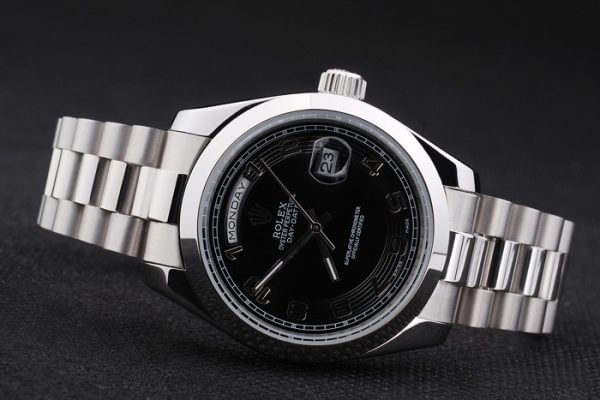
The Classics also have some heavy hitters, such as the Day-Date and Datejust, the former being the ultimate statement of prestige and achievement, and the latter being an iconic all-rounder that is often considered the quintessential Rolex watch. Overall, the Classic is the simplest of the bunch, both aesthetically and in terms of complications.
Technically speaking, every watch produced by Rolex is an Oyster Perpetual. The name comes from the water-resistant “Oyster” case, which makes each watch water-resistant to at least 100 meters, and the self-winding “constant-motion” movement developed by the brand in the early 1930s. As a result, the model we commonly refer to as the “Sea-Dweller” is actually officially known as the “Rolex Oyster Perpetual Sea-Dweller” – and this is true for the vast majority of Rolex self-winding watches with water-resistant cases.
However, there has always been a separate line of replica watches where everything extraneous is stripped away, leaving only three hands to tell the time, not even something as inconspicuous as a date display. This is officially the Rolex Oyster Perpetual, the brand’s least expensive and arguably most comprehensive offering. While the Oyster Perpetual represents the entry point to Rolex ownership, the model has become almost inaccessible at the retail level since the collection’s most recent update in 2020.
Like its closest cousin, the Datejust, the modern Rolex Oyster Perpetual was created to appeal to as many people and tastes as possible. It currently comes in a total of five different sizes, starting at 28mm and going all the way up to 41mm.
Delving into its long history, you will find a number of precious metal versions in 9K, 14K and 18K gold – both yellow and pink. It was also one of the first fake Rolex watches to be released in Rolesor, the brand’s own term for the two-tone fusion of stainless steel and yellow gold on a single watch. Today, all Rolex Oyster Perpetual watches are forged entirely from stainless steel, underscoring the brand’s longstanding status as an entry-level model.
Rolex Oysterquartz Watches of the 1970’s
When Rolex finally introduced the Oysterquartz model in 1977, its true uniqueness lay in its in-house movement. Caliber 5035 was installed in the quartz-powered Datejust watch along with caliber 5055, which was used to drive the equivalent Oysterquartz Day-Date. Rolex did not want to completely reinvent the wheel, so the two movements share some of the same components found in the new generation of traditional mechanical movements that power the recently released automatic replica watches.
Interestingly, the underlying design of the replica Rolex quartz mechanism is largely based on the concept of a traditional escapement, with the key exceptions being the electronics and the impulse motor. Yet, the Rolex quartz movement is leaps and bounds better than anything a traditional mechanical movement can achieve in terms of timekeeping performance. Compared to the Beta-21, Rolex uses an oscillator that is four times faster and is equipped with a thermistor, making it one of the first-ever analog thermally compensated movements. The quartz technology combined with Rolex’s quest for perfection makes these watches so precise that they easily pass the necessary tests for COSC chronometer certification.
The Oysterquartz Datejust is available in three models: stainless steel, Rolesor stainless steel, and yellow gold, and Rolesor stainless steel and white gold. Part of the larger Datejust collection, the Oysterquartz Datejust also boasts some of the model’s most iconic features, such as the date window at 3 o’clock enlarged by a Cyclops lens, albeit with a major aesthetic overhaul.
A unique feature of the Oysterquartz movements is that they tick very loudly, especially when compared to their mechanical movement-driven siblings. You will also notice that the second’s hand beats in 1-second increments, a telltale sign of a quartz watch, rather than sweeping around the dial like the second’s hand of a traditional mechanical watch.

